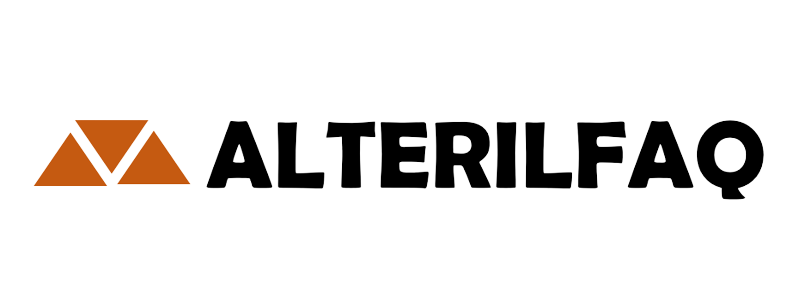Understanding PV Inverters: Types and Their Functions in Solar Energy Systems
In the realm of solar energy systems, PV inverter solutions play a crucial role in converting the direct current (DC) generated by solar panels into alternating current (AC) for use in homes and businesses. Among the leading manufacturers in this field, Sungrow offers two primary types of PV inverters: string inverters and central inverters. Understanding these options is essential for making informed decisions in solar energy solutions.

Types of PV Inverters
String Inverters
String inverters are a popular choice for residential and small commercial applications. These inverters connect a series of solar panels, or “strings,” together. They convert the DC electricity generated by the panels into AC electricity, which can then be used on-site or fed back into the grid. Sungrow’s string inverters are known for their efficiency and ease of installation, making them suitable for projects of varying scales.
Central Inverters
Central inverters, on the other hand, are designed for larger solar installations, such as utility-scale projects. These inverters manage multiple strings of panels and are typically located in a centralized location within the solar array. Sungrow’s central inverters are engineered for high efficiency and reliability, allowing for optimal energy conversion in expansive solar setups.
Conclusion
In summary, understanding the types of PV inverters available is essential for anyone considering solar energy solutions. Sungrow’s offerings of string and central inverters provide flexibility and efficiency for a range of applications. By selecting the appropriate PV inverter, businesses and homeowners can maximize the benefits of their solar energy systems, ensuring reliable and sustainable energy production.
